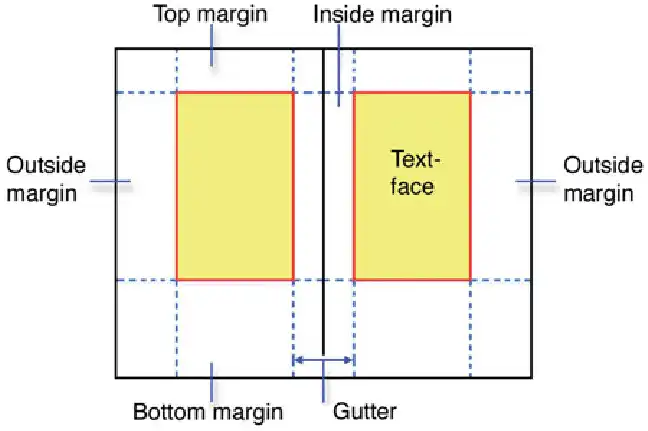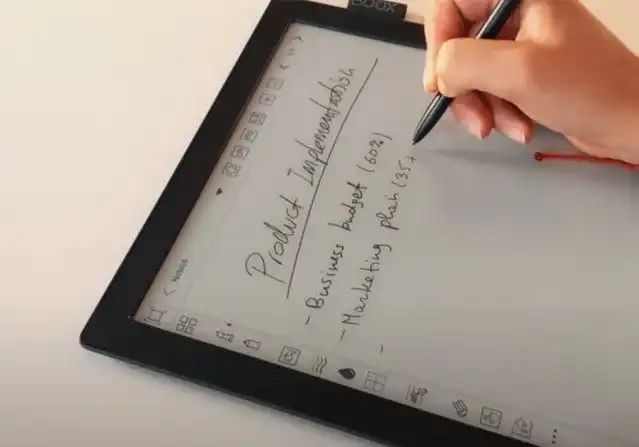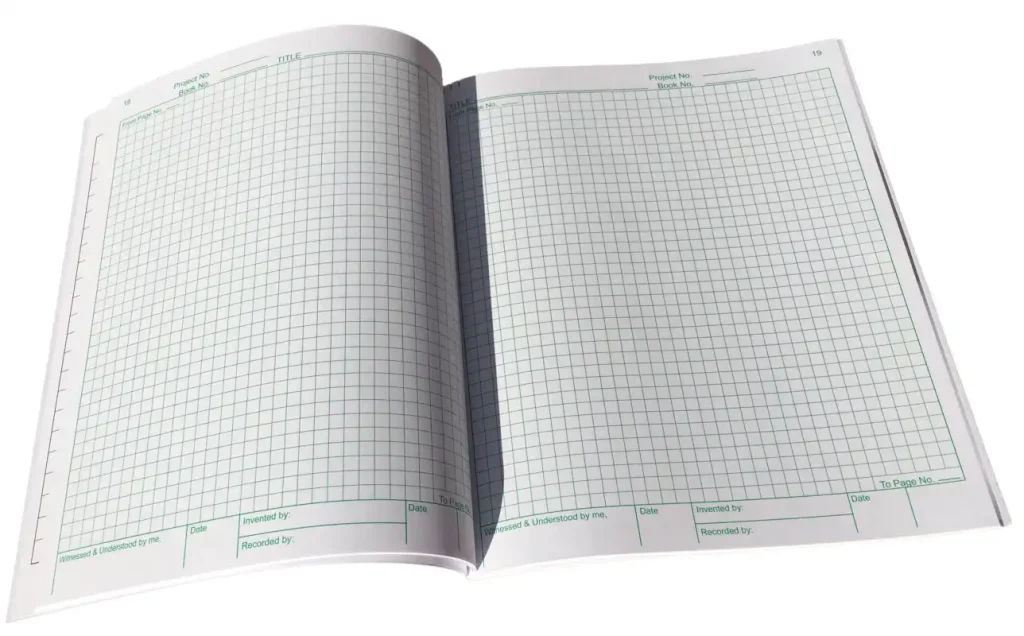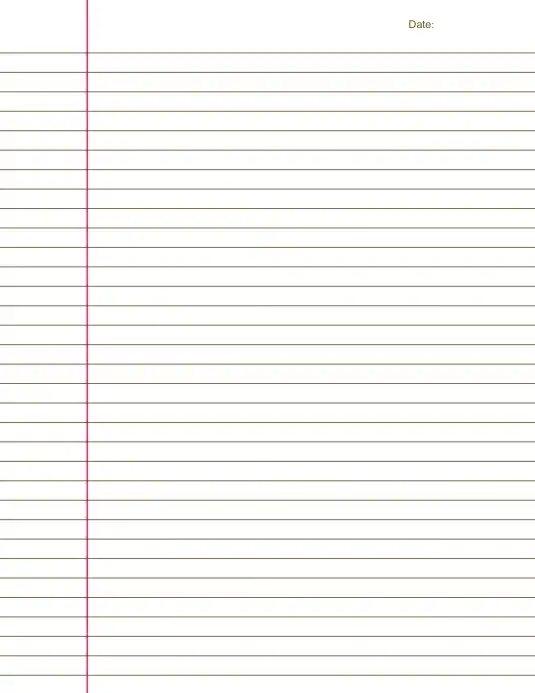Iron Pillar
A 23 feet and 6 ton Pillar located at the Qutb Complex at Mehrauli in Delhi is an unsolved mystery. This pillar is made of iron and has attracted the attention of archeologists and material scientists across the world.
Standing at the centre of the Quwwatul Mosque the Iron Pillar dates back to 4th century AD. The pillar is made of 98% wrought Iron and has stood 1,600 years without rusting or decomposing. Its high resistance to corrosion is a proof of the high level of skill achieved by the ancient Indian iron smiths in the extraction and processing of Iron.
The pillar carries a large number of inscriptions and graffiti of different dates. The oldest inscription on the pillar is that of a king named Chandra, generally identified as the Gupta emperor Chandragupta II. The script and the poetic style of the inscription point to a date in the late fourth or early fifth century i.e. the Gupta period.
The inscription describes the king as a devotee of the God Vishnu, and records the erection of a dhvaja (flag) of Vishnu, on a hill called Vishnupada (hill of the footprint of Vishnu). Other Gupta inscriptions also describe Chandragupta II as a Bhagavata.
The greatest mystery is about its composition and non-corrosive nature. The pillar was manufactured by the forge welding of pieces of wrought iron. In a report published explains that the pillar's resistance to corrosion is due to a passive protective film at the iron-rust interface.
Reason for formation of protective passive film:
* The presence of second-phase particles (slag and unreduced iron oxides) in the microstructure of the iron.
* High amounts of phosphorus in it.
* Alternate wetting and drying existing under atmospheric conditions.
The height of the pillar, from the top of its capital to the bottom of its base, is 23.8 feet. Out of this 3.8 feet part is below the ground. The diameter is 48cm at the foot, tapering to 29cm at the top, just below the base of the wonderfully crafted capital. The base rests on a grid of iron bars soldered with lead into the upper layer of the dressed stone pavement. It is estimated to weigh more than six tonnes.
The original location of the iron pillar is debatable. According to the inscription of king Chandra, the pillar was erected at Vishnupadagiri.
* J. F. Fleet (1898) describes the location as Mathura, because of its proximity to Delhi and the city's reputation as a Vaishnavite pilgrimage centre. But during Gupta age, Mathura was a Buddhist centre.
* Based on the study of ancient and historical writings, the Gupta-era iconography, analysis of metallurgy and other evidence, Meera Dass and R. Balasubramaniam (2004) stated that the iron pillar was originally erected at Udaygiri.
* It is not certain when the pillar was moved to Delhi from its original location. Its still a mystery that how the movement of pillar was done in those ancient days.

















